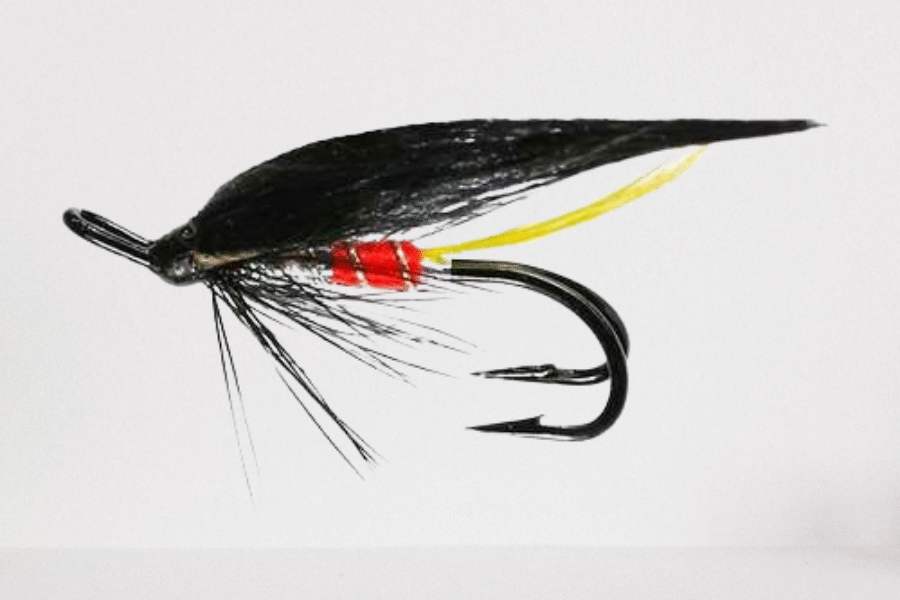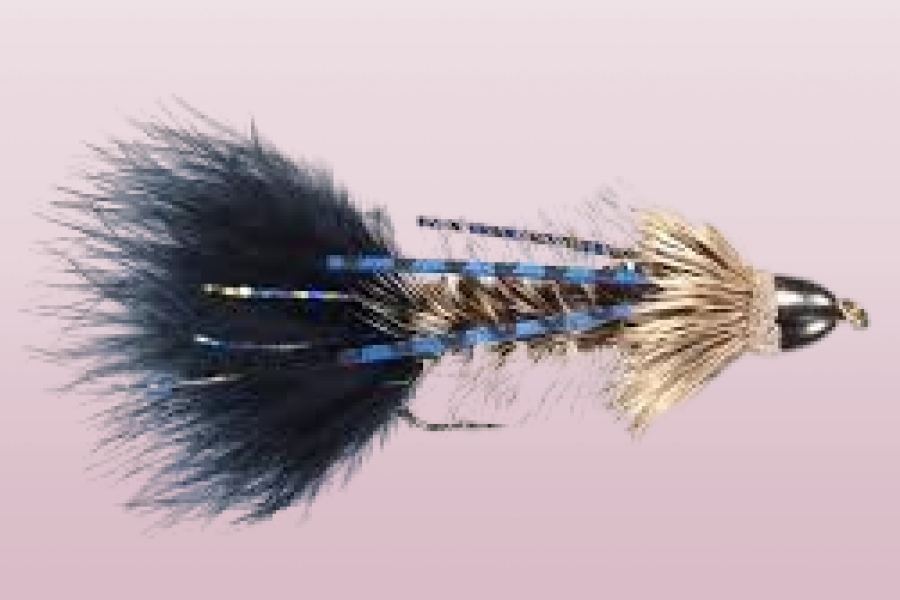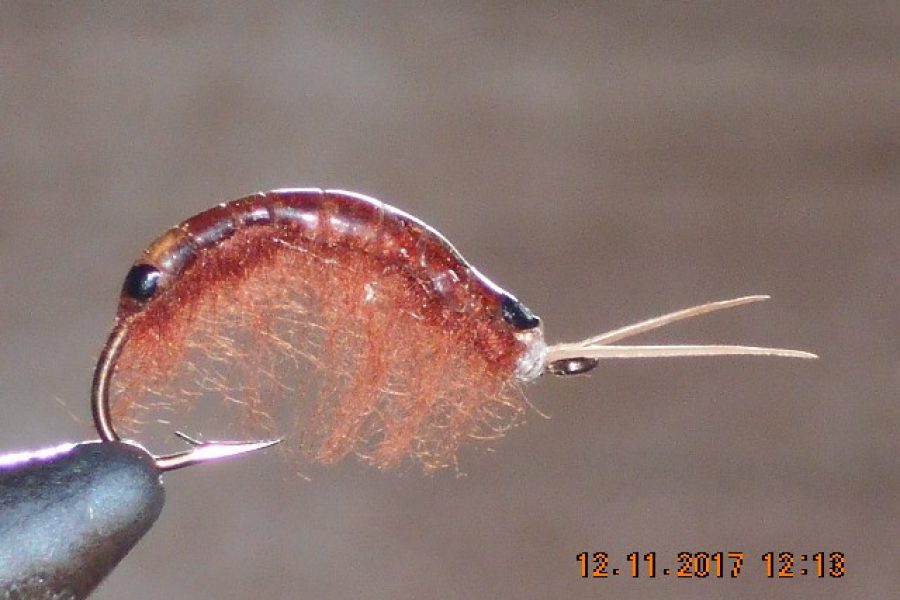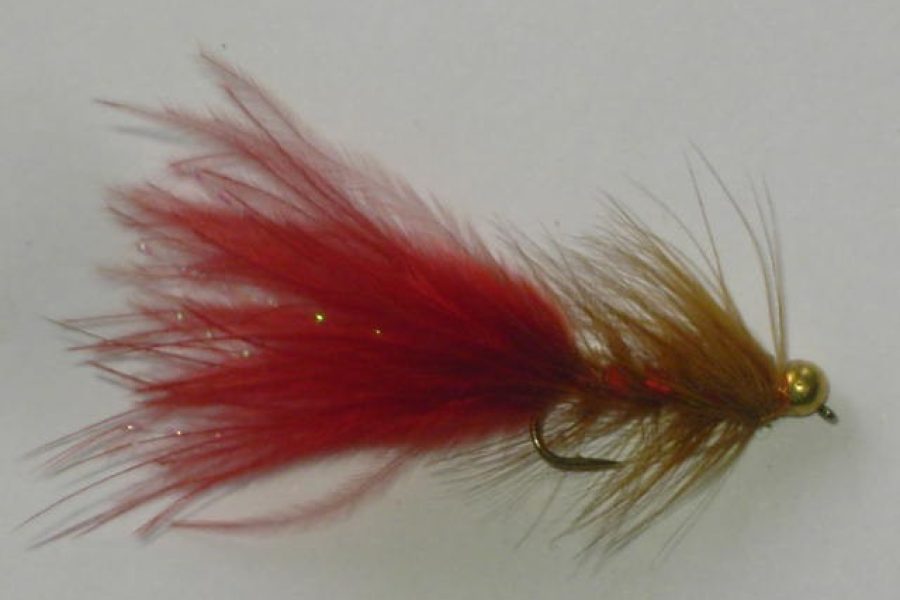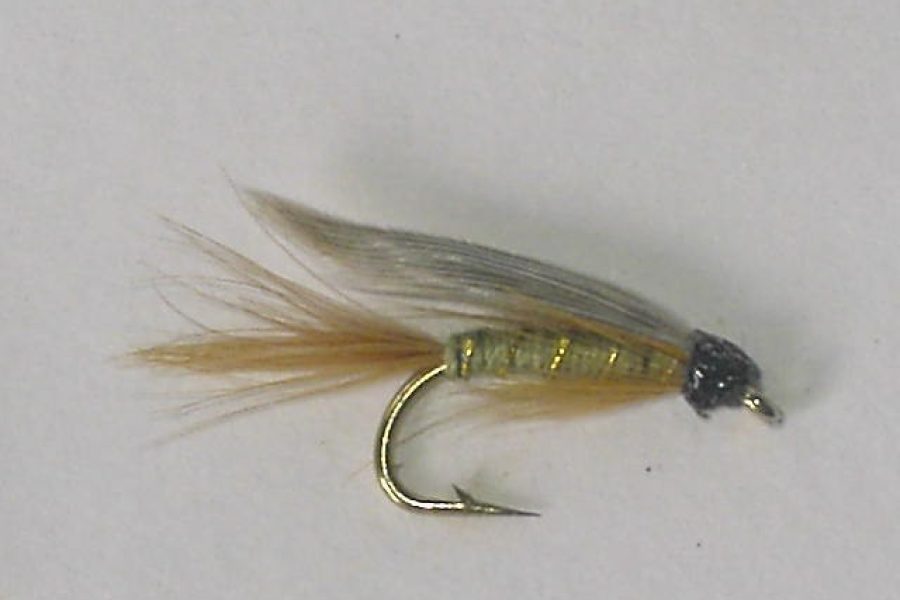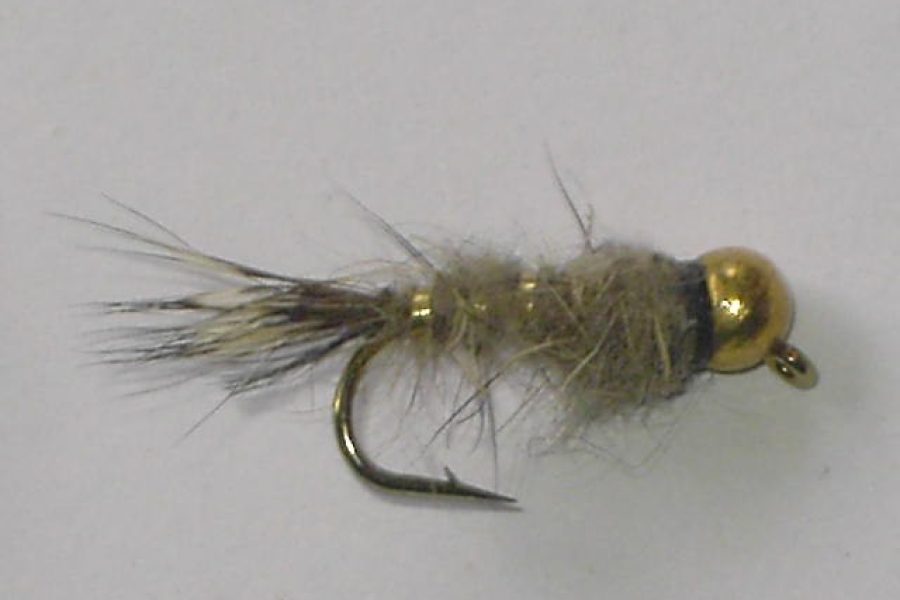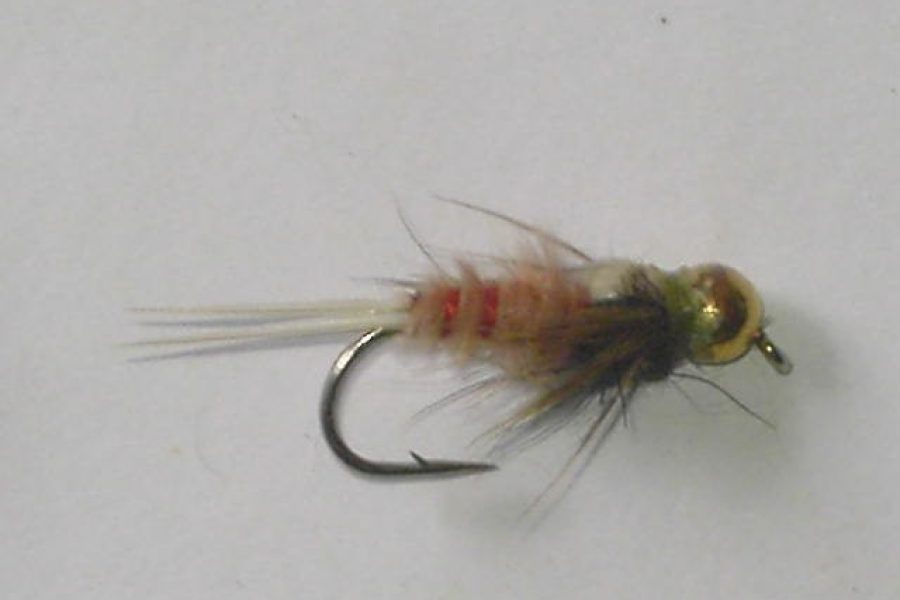Description
Product Overview and Heritage The Pike Tandem Fly 16 represents a specialized predator pattern designed specifically for targeting northern pike. This pattern features a distinctive tandem hook configuration that ensures solid hookups regardless of where the pike strikes the fly. The design incorporates materials and proportions that create an enticing profile in the water, making it particularly effective for triggering aggressive strikes from larger pike.
Design Features and Materials Hook Characteristics:
- Premium tandem hooks
- Size 2/0-4/0 main hook
- Strong wire construction
- Wide gap design
- Chemically sharpened points
- Black finish
- Optimal hook strength
- Enhanced penetration design
- Perfect size-to-weight ratio
- Saltwater-grade durability
Material Components:
- Synthetic flash materials
- Premium bucktail
- Articulated design
- Enhanced durability
- Mixed materials
- Color-fast characteristics
- Movement enhancement
- Natural appearance
- Balanced design
- Large profilePattern Variations The pattern includes:
- Standard version
- Extra-large versions
- Color variations
- Weight adaptations
- Flash variations
- Articulation options
- Natural colors
- Synthetic options
- Mixed materials
- Custom modifications
Fishing Applications and Techniques Presentation Methods:
- Strip retrieve
- Figure-eight retrieve
- Multiple speeds
- Depth control
- Pattern placement
- Structure fishing
- Weed edge targeting
- Cross-current strips
- Action variation
- Pause-and-go
Specialized Applications:
- Shallow flats
- Weed edges
- Structure fishing
- Clear conditions
- Low light periods
- Dawn/dusk periods
- Search pattern
- Active fish
- Aggressive takes
- Trophy hunting
Seasonal Effectiveness Spring Performance:
- Post-spawn success
- Mixed techniques
- Weather changes
- Pattern selection
- Temperature increases
- Fish movement
- Feeding windows
- Natural cycles
- Light conditions
- Aggressive periods
Summer Strategy:
- Early morning fishing
- Evening peaks
- Temperature adaptation
- Feeding patterns
- Oxygen levels
- Light penetration
- Fish behavior
- Water conditions
- Weed growth
- Structure targeting
Fall Applications:
- Pre-winter feeding
- Cooling waters
- Changed light conditions
- Transitional periods
- Aggressive takes
- Pattern visibility
- Fish location
- Temperature drops
- Migration patterns
- Feeding windows
Habitat and Water Types Water Applications:
- Lakes and ponds
- River backwaters
- Shallow bays
- Clear water
- Stained water
- Structure areas
- Weed edges
- Drop-offs
- Holding water
- Ambush points
Specialized Environments:
- Various waters
- Northern lakes
- Different depths
- Complex structures
- Bank edges
- Weed beds
- Multiple depths
- Points and bars
- Current breaks
- Transition zones
Target Species and Behavior Primary Species:
- Northern Pike
- Tiger Musky
- Large Pike
- Trophy Fish
- Aggressive Feeders
- Ambush Predators
- Territorial Fish
- Opportunistic Feeders
Behavioral Patterns:
- Active feeding
- Ambush strikes
- Pattern recognition
- Natural behavior
- Aggressive strikes
- Peak periods
- Strike triggers
- Visual stimulation
- Lateral line response
- Competitive behavior
Rigging Recommendations Leader Setup:
- 6-7 foot leaders
- 20-40lb wire/fluorocarbon
- Shock tippet
- Wire bite guards
- Loop-to-loop connections
- Proper presentation
- Adequate stiffness
- Knot strength
- Breaking strain
- Abrasion resistance
Presentation Options:
- Single fly
- Floating line
- Intermediate lines
- Sinking lines
- Line matching
- Leader design
- Wire selection
- Depth control
- Retrieve variation
- Action variation
Professional Applications Guide Usage:
- Client-friendly pattern
- Proven success rates
- Consistent performance
- Easy presentation
- Multiple techniques
- Teaching tool
- Confidence pattern
- Versatile applications
- Durability
- Hook-up ratio
Trophy Hunting:
- Big fish proven
- Technical water success
- Pressure adaptation
- Quick-change capability
- Consistent performance
- Pattern rotation
- Size variation
- Color selection
- Presentation options
- Result tracking
Advanced Technical Applications The pattern excels in specific technical situations that require precise presentation and depth control. These patterns perform exceptionally well in the following scenarios:
- Shallow water hunting
- Weed edge presentations
- Areas with active fish
- Complex structures
- Various depths
Pattern effectiveness can be enhanced through specialized presentation techniques:
- Variable retrieve speeds
- Multiple presentation angles
- Micro-adjustments to depth
- Strategic pauses during retrieval
- Depth changes with conditions
Water temperature significantly impacts pattern effectiveness:
- Optimal performance in 55-75°F range
- Increased activity during warming trends
- Enhanced success during stable barometric conditions
- Peak effectiveness during prime feeding periods
- Adapted presentation based on conditions
Care and Maintenance Post-Fishing Care:
- Thorough drying
- Material grooming
- Hook inspection
- Pattern maintenance
- Material preservation
- Storage preparation
- Shape inspection
- Profile verification
- Performance testing
- Movement checking
Storage Requirements:
- Dry environment
- UV protection
- Separate compartments
- Regular inspection
- Moisture prevention
- Temperature control
- Light protection
- Ventilation needs
- Box organization
- Inventory management
Environmental Considerations Conservation Features:
- Sustainable materials
- Durable construction
- Catch-and-release friendly
- Minimal environmental impact
- Eco-conscious design
- Material selection
- Ethical considerations
- Resource protection
- Species conservation
- Environmental awareness
Material Selection:
- Responsible sourcing
- Quality components
- Mixed elements
- Ethical production
- Sustainable practices
- Environmental impact
- Material longevity
- Waste reduction
- Local materials
- Eco-conscious design

